- Understanding Stromantha Care
- Lighting Requirements
- Temperature and Humidity
- Watering
- Fertilization
- Pruning and Propagation
- Pests and Diseases
- Conclusion
- Types of Stromantha
- 1. Stromantha Oblonga
- 2. Stromantha Compacta
- 3. Stromantha Tricolor
- 4. Stromantha Guttata
- 5. Stromantha Rubra
- 6. Stromantha Variabilis
- 7. Stromantha Grassula
- 8. Stromantha Fasciata
- Choosing the Right Stromantha
- 1. Consider the Lighting Conditions
- 2. Evaluate the Space Availability
- 3. Research the Watering and Care Requirements
- 4. Determine Your Skill Level
- 5. Consider Your Aesthetic Preferences
- Conclusion
- Tips for Successful Stromantha Care
- 1. Choose the Right Location
- 2. Water Regularly
- 3. Use Well-Draining Soil
- 4. Provide Adequate Humidity
- 5. Fertilize Monthly
- 6. Prune as Needed
- 7. Watch for Pests
- 8. Propagate for More Plants
- Common Problems in Stromantha Care
- 1. Overwatering
- 2. Underwatering
- 3. Poor Lighting
- 4. Pest Infestation
- 5. Temperature Extremes
- 6. Nutrient Deficiency
- 7. Improper Pruning
- Advanced Techniques for Stromantha Care
- 1. Pruning
- 2. Propagation
- 3. Pest and Disease Control
- 4. Training and Support
- 5. Watering and Fertilizing
- Q&A:
- What is Stromantha?
- What are the different types of Stromantha?
- How do I care for a Stromantha plant?
- Can Stromantha plants be grown outdoors?
- Are Stromantha plants toxic to pets?
- What are the benefits of having a Stromantha plant?
- Video: Stromanthe Care Guide (no humidifier required)
Welcome to our comprehensive guide on Stromantha plants! Whether you’re a seasoned plant enthusiast or just starting your green journey, this article aims to provide you with everything you need to know about caring for Stromantha at home. From tips on watering and light conditions to understanding the different types and varieties, we’ve got you covered.
Stromantha, also known as the “Fire Fern,” is a popular choice among plant lovers due to its vibrant foliage and easy-care nature. Its unique leaves, resembling flames with their red, orange, and yellow hues, make it a stunning addition to any indoor space.
But how do you ensure your Stromantha thrives in its new environment? Firstly, it’s crucial to find the perfect spot for this plant. Stromantha prefers bright, indirect light, so placing it near a north or east-facing window would be ideal. However, direct sunlight should be avoided, as it may scorch the leaves.
When it comes to watering, Stromantha thrives in slightly moist soil. Allow the top inch of the soil to dry out before watering it thoroughly. It’s essential to prevent overwatering and ensure that the plant isn’t sitting in water, as this can lead to root rot. Using well-draining soil and a pot with drainage holes can help with this.
In terms of humidity, Stromantha plants appreciate slightly higher humidity levels. Misting the leaves occasionally or placing a tray with water near the plant can help create a more humid environment.
Now that you’re familiar with the care basics, let’s explore the various types and varieties of Stromantha plants. There are several different species within the Stromantha genus, each with its unique characteristics. The most commonly found types include Stromantha suffruticosa, Stromantha carolinae, and Stromantha sylvatica.
Understanding Stromantha Care
To successfully care for a Stromantha plant, it is important to understand its specific needs and requirements. This comprehensive guide will provide you with all the information you need to ensure that your Stromantha thrives in your home environment.
Lighting Requirements
Stromantha plants prefer bright but indirect light. Place your plant near a window where it can receive bright, filtered sunlight. Avoid direct sunlight as it can scorch the leaves and cause damage.
Temperature and Humidity
The ideal temperature for Stromanthas is between 65 and 75 degrees Fahrenheit (18 to 24 degrees Celsius). They thrive in moderate humidity, so it is essential to provide adequate moisture by misting the leaves regularly or placing a humidifier nearby.
Watering
When it comes to watering your Stromantha, it is crucial to maintain evenly moist soil. Allow the top inch of soil to dry out before watering again. Avoid overwatering, as it can lead to root rot. Additionally, make sure your pot has good drainage to prevent waterlogging.
Fertilization
Stromantha plants benefit from regular fertilization during the growing season, typically from spring to fall. Use a balanced liquid fertilizer diluted to half strength and apply every two weeks. During the winter months, reduce fertilization frequency to once a month.
Pruning and Propagation
Regular pruning helps maintain the compact shape and promote healthy growth of the Stromantha plant. Remove any dead or yellowing leaves to improve air circulation. Propagation can be done through stem cuttings, which should be rooted in moist soil or water.
Pests and Diseases
Stromanthas can be susceptible to pests such as spider mites, mealybugs, and aphids. Regularly inspect your plants for any signs of infestation and treat them accordingly using organic insecticides or by wiping the affected areas with a damp cloth. Common diseases that may affect Stromantha plants include fungal leaf spots and root rot. To prevent diseases, ensure proper watering practices and good air circulation.
Conclusion
Understanding Stromantha care is essential for providing the optimal growing conditions for this plant. By following the guidelines outlined in this comprehensive guide, you can ensure that your Stromantha thrives and adds beauty to your home.
Types of Stromantha
Stromantha plants come in various types and varieties, each with its own unique characteristics and requirements. Here are some of the most common types of Stromantha:
1. Stromantha Oblonga
This type of Stromantha features oblong-shaped leaves that are usually green in color. It is known for its air-purifying properties and is often used as a decorative plant in indoor spaces.
2. Stromantha Compacta
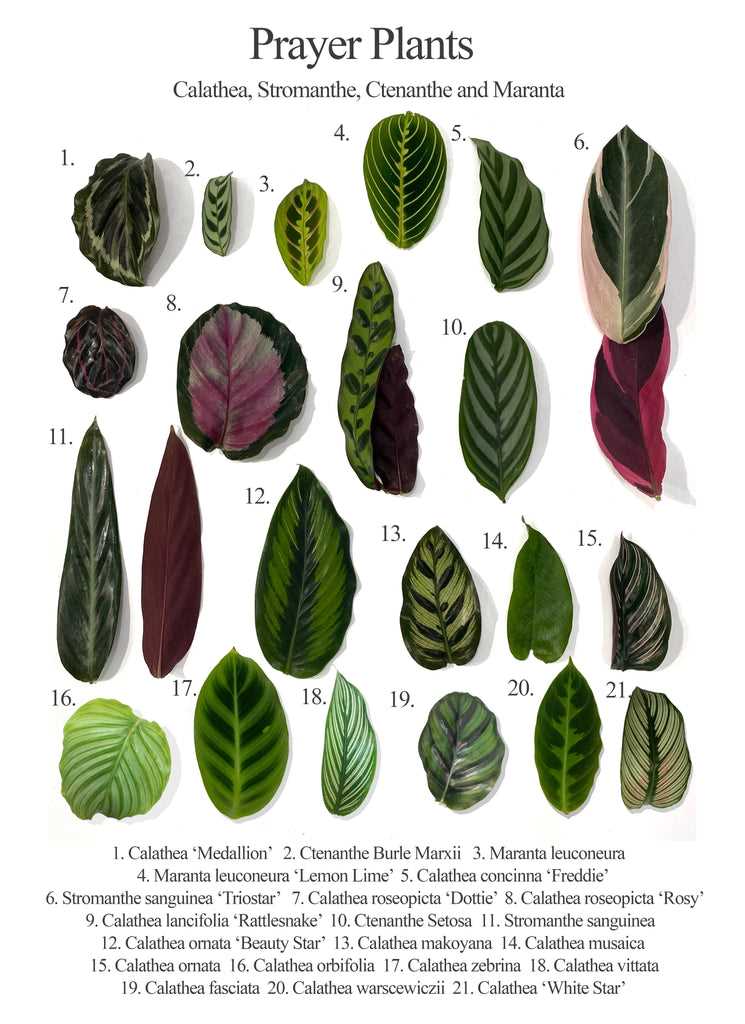
The Stromantha Compacta variety is a smaller version of the plant, making it ideal for smaller spaces or as a tabletop decoration. It has dense foliage and can be easily maintained.
3. Stromantha Tricolor
Stromantha Tricolor is characterized by its variegated leaves, featuring a combination of green, white, and pink colors. It adds a pop of color to any space and is a popular choice for indoor gardens.
4. Stromantha Guttata
This type of Stromantha has spotted leaves, marked with splashes of white or yellow. It is a hardy plant that can tolerate a variety of light conditions, making it suitable for beginners.
5. Stromantha Rubra
Stromantha Rubra is a deep red variety of the plant, known for its vibrant foliage. It requires bright, indirect light to maintain its color intensity and is a striking addition to any plant collection.
6. Stromantha Variabilis
Stromantha Variabilis is a type of plant that exhibits variations in leaf color and shape. Its leaves can range from green to red, with various patterns and textures. It is a versatile plant that can adapt to different environments.
7. Stromantha Grassula
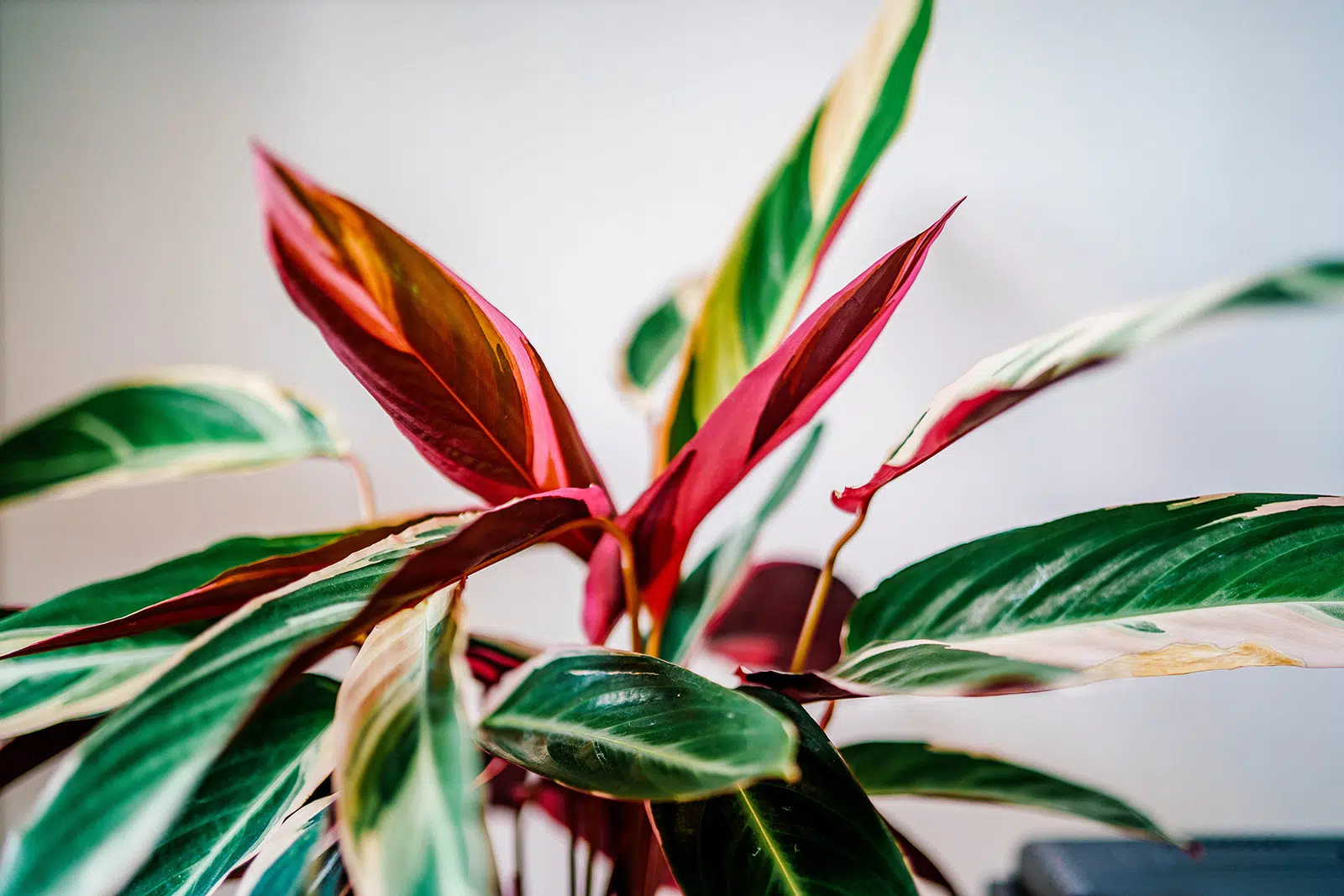
This type of Stromantha has thicker, fleshy leaves that resemble a succulent. It is known for its ability to store water, making it a low-maintenance option. It thrives in bright, indirect light and is suitable for both indoor and outdoor settings.
8. Stromantha Fasciata
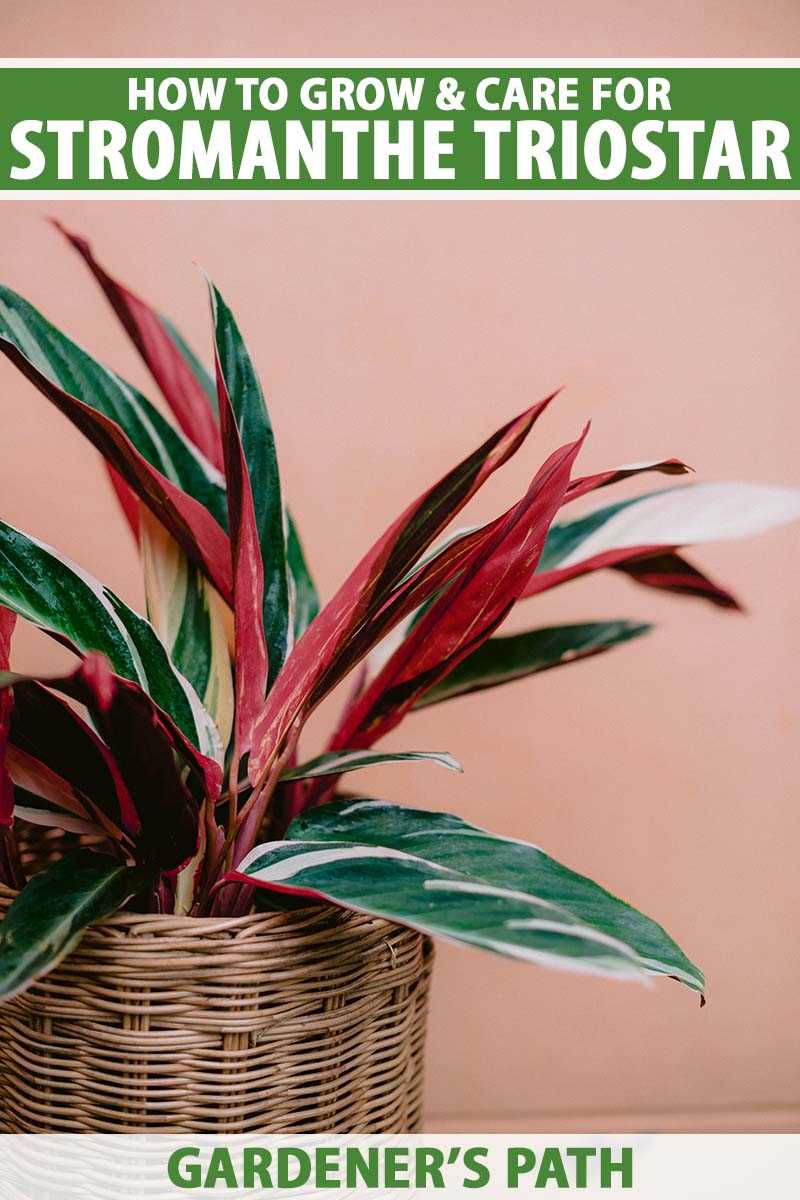
Stromantha Fasciata, also known as “Zebra Stromantha,” is characterized by its striped leaves. It has a unique pattern of white or silver stripes, adding visual interest to any space. It requires bright, indirect light and moderate watering.
These are just a few examples of the different types of Stromantha plants available. Each type has its own care requirements, so it’s important to research and understand the specific needs of the variety you choose.
Choosing the Right Stromantha
1. Consider the Lighting Conditions
When choosing a Stromantha plant, it is important to consider the lighting conditions in your home or office. Stromantha plants thrive in bright, indirect light, so it is best to place them near a window where they can receive adequate sunlight but are protected from direct sunlight. If your space doesn’t receive much natural light, you can also opt for a grow light to provide the necessary light for your Stromantha plant.
2. Evaluate the Space Availability
Stromantha plants come in various sizes, so it is crucial to evaluate the space availability in your home or office before choosing the right one. Some Stromantha varieties are compact and are suitable for smaller spaces, while others can grow quite large and require more room to thrive. Consider the height and spread of the plant to ensure it fits well within your space.
3. Research the Watering and Care Requirements
Different Stromantha varieties have varying watering and care requirements. Some varieties prefer more frequent watering, while others prefer to dry out slightly between waterings. Additionally, certain varieties may have specific temperature or humidity preferences. Research the specific care requirements of the Stromantha variety you are interested in to ensure you can provide the necessary conditions for its growth.
4. Determine Your Skill Level
Stromantha plants can vary in terms of their care difficulty. Some varieties are more forgiving and can tolerate occasional neglect, while others require more attention and specific care. Consider your skill level as a plant caretaker and choose a Stromantha variety that matches your level of experience. If you are a beginner, it is recommended to start with a more resilient variety that is easier to care for.
5. Consider Your Aesthetic Preferences
Lastly, consider your aesthetic preferences when choosing a Stromantha plant. These plants come in a variety of colors and leaf shapes, ranging from vibrant greens to variegated foliage. Choose a variety that complements your interior design style and brings you joy and visual appeal.
| Variety | Description |
|---|---|
| Stromantha euphorbia | A popular variety with green, lance-shaped leaves and red veins. |
| Stromantha milli | This variety features thick, fleshy leaves with red and yellow coloration. |
| Stromantha haworthioides | A compact variety with spiky, dark green leaves that have white markings. |
Conclusion
Choosing the right Stromantha plant involves considering lighting conditions, space availability, watering and care requirements, skill level, and aesthetic preferences. By taking these factors into account, you can select a Stromantha variety that will thrive in your specific environment and bring beauty to your space.
Tips for Successful Stromantha Care
1. Choose the Right Location
Stromantha plants thrive in bright, indirect light, so it’s important to choose a location that provides these conditions. Avoid placing them in direct sunlight, as this can cause their leaves to burn. Additionally, make sure the temperature is consistent and not too hot or cold.
2. Water Regularly
Stromantha plants prefer to be kept evenly moist, so it’s essential to water them regularly. Check the soil moisture by inserting your finger about an inch into the soil. If it feels dry, it’s time to water. However, be careful not to overwater, as this can lead to root rot.
3. Use Well-Draining Soil
Stromantha plants require well-draining soil to prevent water from pooling around their roots. Use a mixture of peat moss, perlite, and sand to create a well-draining medium. This will help to prevent overwatering and ensure the plant’s roots have the necessary oxygen.
4. Provide Adequate Humidity
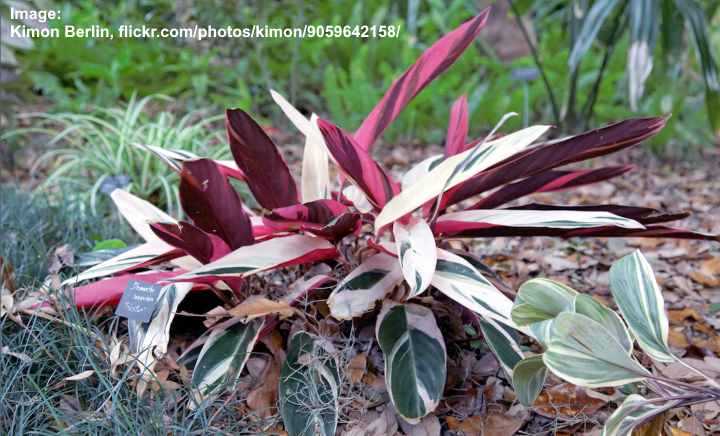
Stromantha plants thrive in a humid environment, so it’s beneficial to increase the humidity level around them. You can achieve this by placing the plant on a tray filled with water and pebbles or by using a room humidifier. Misting the leaves with water can also help to increase humidity.
5. Fertilize Monthly
To keep your Stromantha plants healthy and encourage growth, it’s important to fertilize them regularly. Use a balanced houseplant fertilizer and apply it monthly during the growing season. Be sure to follow the instructions on the fertilizer package for the correct dosage.
6. Prune as Needed
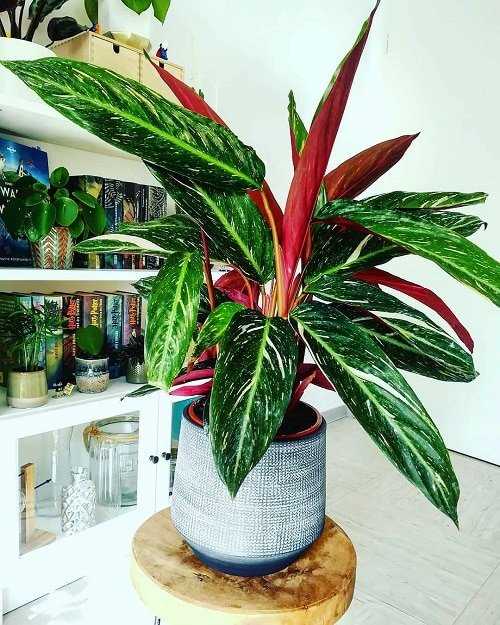
Stromantha plants benefit from occasional pruning to maintain their shape and promote bushier growth. Remove any dead or yellowing leaves, as well as any stems that have become overgrown or leggy. Pruning can be done throughout the year as needed.
7. Watch for Pests
Like many houseplants, Stromantha plants can be susceptible to pests such as mealybugs and spider mites. Regularly inspect the plant for any signs of infestation, such as small insects or webbing. If pests are present, treat them with an appropriate insecticide or use natural pest control methods.
8. Propagate for More Plants
If you want to expand your collection of Stromantha plants, propagation is a straightforward method. Simply take stem cuttings with a few sets of leaves and place them in water or a well-draining potting mix. Keep the cuttings warm and moist until new roots develop, then transplant them into their own pots.
By following these tips for successful Stromantha care, you can enjoy healthy, vibrant plants that will bring beauty to your home for years to come.
Common Problems in Stromantha Care
1. Overwatering
One common problem in Stromantha care is overwatering. It’s important to remember that Stromantha plants prefer well-draining soil, and excessive moisture can lead to root rot. To prevent overwatering, allow the top inch of soil to dry out before watering again. Additionally, make sure the pot has proper drainage holes and remove any excess water from the saucer or tray.
2. Underwatering
On the other hand, underwatering can also be a problem for Stromantha plants. They need regular watering, especially during the growing season. If the soil becomes too dry, the plant may wilt and the leaves can yellow or brown. To prevent underwatering, check the moisture level of the soil regularly and water when it feels dry to the touch.
3. Poor Lighting
Stromantha plants prefer bright, indirect light. If they are placed in low light conditions for an extended period, the plant may become leggy and weak. On the other hand, if exposed to direct sunlight for too long, the leaves can scorch. To provide the right amount of light, place the Stromantha plant in a location with bright, filtered light or use a sheer curtain to diffuse direct sunlight.
4. Pest Infestation
Stromantha plants can be susceptible to pest infestations, including mealybugs and spider mites. These pests can cause damage to the leaves and suck the sap from the plant. To prevent infestations, regularly inspect the plant for any signs of pests, such as webbing, sticky residue, or small insects. If an infestation is detected, treat the plant with insecticidal soap or neem oil according to the product instructions.
5. Temperature Extremes
Stromantha plants prefer moderate temperatures and do not tolerate extremes well. Exposure to temperatures below 55°F (12°C) or above 90°F (32°C) can cause stress and damage to the plant. To ensure optimal growth, keep the Stromantha plant in a room with temperatures between 65°F (18°C) and 75°F (24°C). Avoid placing the plant near drafts or vents that can create temperature fluctuations.
6. Nutrient Deficiency
If the leaves of a Stromantha plant start to turn yellow or pale, it may indicate a nutrient deficiency. Stromantha plants require regular fertilization during the growing season to provide them with the necessary nutrients. Use a balanced houseplant fertilizer diluted to half strength and apply it every two to four weeks. Be careful not to over-fertilize, as it can burn the roots and cause damage to the plant.
7. Improper Pruning
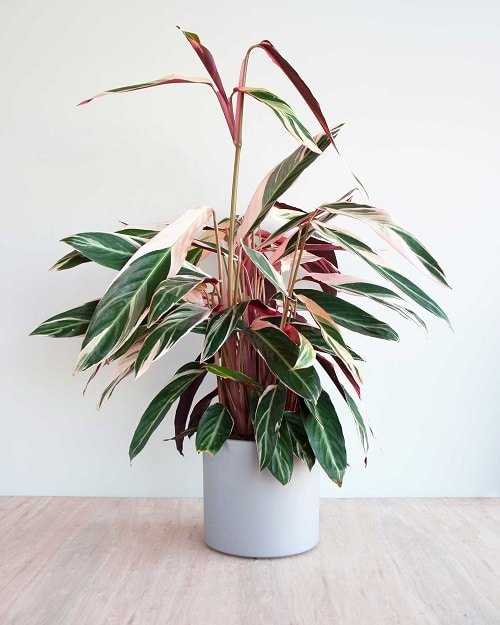
Pruning is essential for maintaining the shape and health of a Stromantha plant. However, improper pruning can lead to problems. Avoid excessive pruning, as it can weaken the plant. Only remove dead or damaged leaves, and trim the plant to maintain its compact form. Use clean, sharp pruning shears to minimize the risk of infection or damage to the plant.
Advanced Techniques for Stromantha Care
1. Pruning
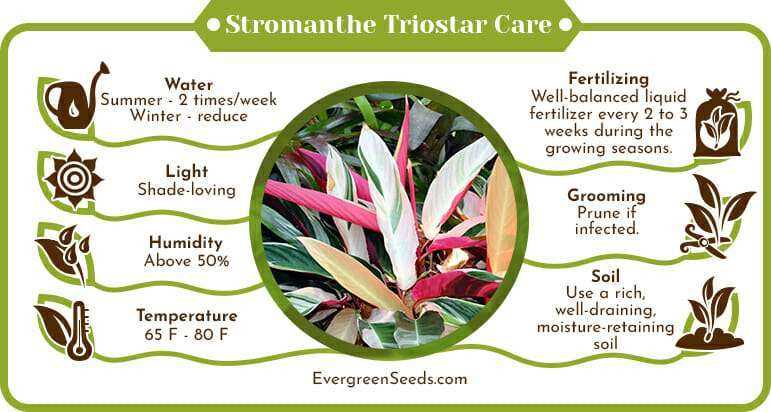
Pruning is an essential technique for maintaining the health and appearance of your stromantha plant. Regular pruning helps remove dying or dead branches, improves airflow, and encourages new growth.
To prune your stromantha, follow these steps:
- Use sharp and clean pruning shears to make the cuts.
- Identify the branches that need to be pruned, such as those that are brown, damaged, or overgrown.
- Make the cuts just above a leaf node or a bud, as this will promote healthy growth.
- Remove any crossing branches or those that are growing inward to maintain an open and balanced shape.
2. Propagation
Propagation is the process of creating new stromantha plants from existing ones. This technique allows you to expand your collection or share plants with friends and family.
Here are three common methods of propagating stromantha:
- Stem cuttings: Take a 4-6 inch stem cutting from a healthy stromantha plant. Remove the lower leaves and dip the cut end in rooting hormone. Plant the cutting in a well-draining potting mix and keep it moist until roots develop.
- Division: Carefully remove the stromantha plant from its pot and gently separate the roots into multiple sections. Each section should have its own stem and roots. Replant the divisions in separate pots.
- Air layering: Choose a healthy stem and make a small incision underneath a leaf node. Pack the incision with moist sphagnum moss and cover it with plastic wrap. Once roots develop, carefully remove the rooted section and plant it in a separate pot.
3. Pest and Disease Control
While stromantha plants are generally resistant to pests and diseases, they can still be affected by certain issues. Here are some tips to control common problems:
- Mealybugs: Use a cotton swab dipped in rubbing alcohol to remove mealybugs from the plant. Keep an eye out for new infestations and treat them promptly.
- Fungal diseases: Avoid overwatering and ensure proper ventilation to prevent the development of fungal diseases. If necessary, apply a fungicide according to the product label instructions.
- Yellowing leaves: If your stromantha’s leaves start turning yellow, it may be a sign of nutrient deficiency. Feed the plant with a balanced fertilizer to provide the necessary nutrients.
4. Training and Support
As your stromantha grows, it may require support in the form of stakes, trellises, or plant supports to maintain an upright position. Here’s how to train and support your stromantha:
- Staking: Insert a stake next to the main stem of your stromantha and secure it with plant ties. Gently tie the main stem to the stake as it grows to keep it upright and prevent it from bending or breaking.
- Trellising: Provide a trellis or a support structure for climbing stromantha varieties. Guide the vines along the trellis and secure them with plant ties as needed.
- Plant supports: For bushier stromantha varieties, use plant supports such as hoops or cages to help maintain their shape. Place the supports around the plant and gently guide the stems through the gaps.
5. Watering and Fertilizing
Proper watering and fertilizing practices are crucial for the health and growth of your stromantha. Follow these guidelines:
- Water your stromantha when the top inch of the soil feels dry to the touch. Avoid overwatering, as it can lead to root rot.
- Use a well-draining potting mix to prevent waterlogged conditions.
- Fertilize your stromantha every 2-4 weeks during the growing season with a balanced, water-soluble fertilizer. Dilute the fertilizer to half of the recommended strength to avoid fertilizer burn.
| Technique | Description |
|---|---|
| Pruning | Removal of dead or overgrown branches for maintenance and improved growth. |
| Propagation | Creating new stromantha plants through stem cuttings, division, or air layering. |
| Pest and Disease Control | Managing common issues like mealybugs, fungal diseases, and nutrient deficiencies. |
| Training and Support | Providing support structures like stakes, trellises, or plant supports for proper growth and shape. |
| Watering and Fertilizing | Properly watering and fertilizing your stromantha plant to maintain its health and vigor. |
Q&A:
What is Stromantha?
Stromantha is a type of indoor plant that is known for its colorful leaves and compact size. It is often used as a houseplant due to its low maintenance requirements and ability to thrive in various conditions.
What are the different types of Stromantha?
There are several varieties of Stromantha, including Stromantha Red, Stromantha Pink, and Stromantha Green. These varieties differ in the color of their leaves, with the Red variety having vibrant red leaves, the Pink variety having pink leaves, and the Green variety having green leaves.
How do I care for a Stromantha plant?
Caring for a Stromantha plant is relatively easy. It thrives in bright, indirect light and requires moderate watering. It is important to avoid overwatering the plant, as this can lead to root rot. Additionally, regular fertilization can help promote healthy growth.
Can Stromantha plants be grown outdoors?
No, Stromantha plants are primarily grown as indoor plants. They are not tolerant of extreme temperatures and require a controlled environment to thrive. However, they can be moved outdoors during the warmer months, as long as they are protected from direct sunlight and harsh weather conditions.
Are Stromantha plants toxic to pets?
No, Stromantha plants are considered non-toxic to pets. However, it is always a good idea to monitor your pets and prevent them from chewing on any houseplants to avoid potential digestive issues.
What are the benefits of having a Stromantha plant?
Having a Stromantha plant in your home can provide several benefits. They are known for their air-purifying properties, helping to improve indoor air quality. Additionally, their vibrant foliage can add a decorative touch to any space, bringing a pop of color and life to your surroundings.
Video:
Stromanthe Care Guide (no humidifier required)







